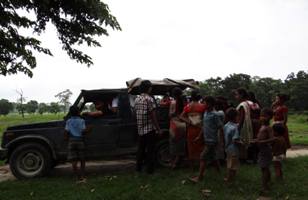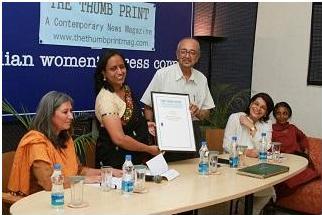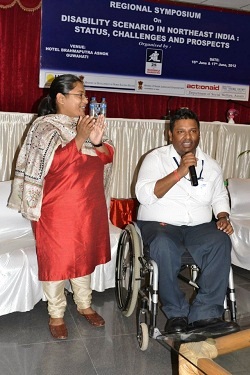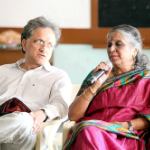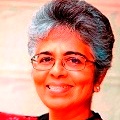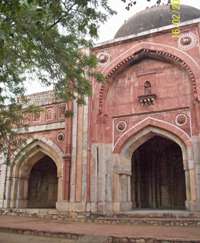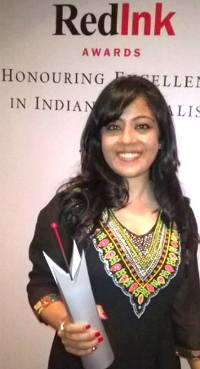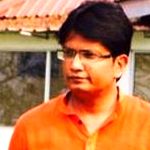My most poignant childhood memory of Independence Day is of my lanky elder brother slipping on a flight of rain-soaked steps and dropping a much-awaited, home-grown flag. Grandfather had supervised our flag-making ceremony all morning with characteristic resolve and discipline. A gifted and pious Muslim tailor (he once chased a pig out of the garden armed with nothing but a pail) he had chosen to remain in India while many of his relatives went to Pakistan after the Partition in 1947.
I was, however, innocent of his history at the time. What struck me most were the colours of the flag, how my brother, under Grandfather’s vigilant eyes, painstakingly ensured that no saffron bled into green, that the white was adequately pristine and that the chakra in the centre had no wheels within wheels. Grandfather organized a makeshift bamboo pole to hoist the flag and Granny’s sticky rice was used as glue to bring it all together. My brother, suitably dressed in kurta-pyjama, lifted the already fluttering flag, ready to announce itself from roof tops, and marched out, a tad pompously, as if he held a symbol of the nation’s future in this perfected work of art.
We bounced behind him like puffed-up little nationalists carrying puny paper imitations of his masterpiece, high on the sickly sweets we’d been served up earlier in the day at school as part of the celebrations. We had also just consumed a huge celebratory breakfast that my mother, whose family included freedom fighters and Gandhians, insisted on making every year on the 15th of August. In the background, the black and white portable telly did its best to relay the spectacle of the Independence Day parade unfolding in New Delhi. In the foreground were my brother, the flag and the rain-soaked steps. It was the 1980s.
What happened next is now a metaphor to me for the bittersweet sentiments that accompany Independence Day celebrations in our part of the world – the North-East of India. The pomp of state celebrations here is invariably undercut by the bandhs that various political groups annually organize to boycott the event. The flag is religiously hoisted in some parts even as it is taken down and denigrated in others. Perhaps the different shades of national affiliation and the emotions they call forth, compel such high-pitched responses. To me both positions seem too black and white, too simplistic to result in anything but a fall.
Nationalisms are very obviously complex and complicated affairs. State spectacle often masks unspeakable tragedies. Some of my grandfather’s relatives were massacred during the freedom struggle in Bangladesh; others soon discovered that life wasn’t what it was cracked up to be as second class citizens in the provincial cities of Pakistan’s Punjab. Indian national unity was itself seriously challenged all through the 80s not least by other movements for independence in the Northeast. And yet my Grandfather felt compelled, perhaps by some intangible ‘national pride’ to organize the making of his own version of the tri-coloured flag. Today, when I am no longer innocent of history, I find his actions poignant – a sort of humble salute, I like to think, to the best of Indian democracy.
(Many thanks to Teresa Rehman for this space to recollect and to Philip Bounds for usefully commenting on an earlier version of this piece).





